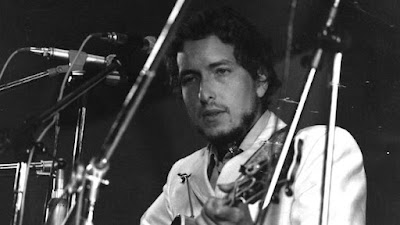Escrita por John Denver, foi gravada em 1974, no RCA Music Center of the World, em Los Angeles e lançada em 15 de junho de 1974 no disco Back home again e no compacto que tinha Cool an' green an' shady como Lado B. Foi o segundo número 1 dele nos Estados Unidos. Foi número 1 também no Reino Unido, que foi o único hit grande dele naquele país. Além disso, foi número 1 no Canadá e Irlanda e número 5 na Australia. Foi uma ode à esposa de John Denver, Annie Martell Denver. Ele a escreveu em julho de 1973, em um elevador de esqui indo pro topo da montanha em Aspen, Colorado.
A letra:
You
fill up my senses like a night in a forest
Like the mountains in
springtime
Like a walk in the rain
Like
a storm in the desert
Like a sleepy blue ocean
You fill up my
senses, come fill me again
Come, let me love you,
let me give my life to you
Let me drown in your laughter
Let me
die in your arms
Let me lay down
beside you
Let me always be with you
Come, let me love you,
come love me again
Let me give my life to
you, come, let me love you
Come love me again
You fill up my senses,
like a night in a forest
Like the mountains in springtime
Like
a walk in the rain
Like a storm in the
desert
Like a sleepy blue ocean
You fill up my senses, come
fill me again
A versão de John Denver:
A versão de Heath Lancaster:
A versão de Audrey Smilley:














